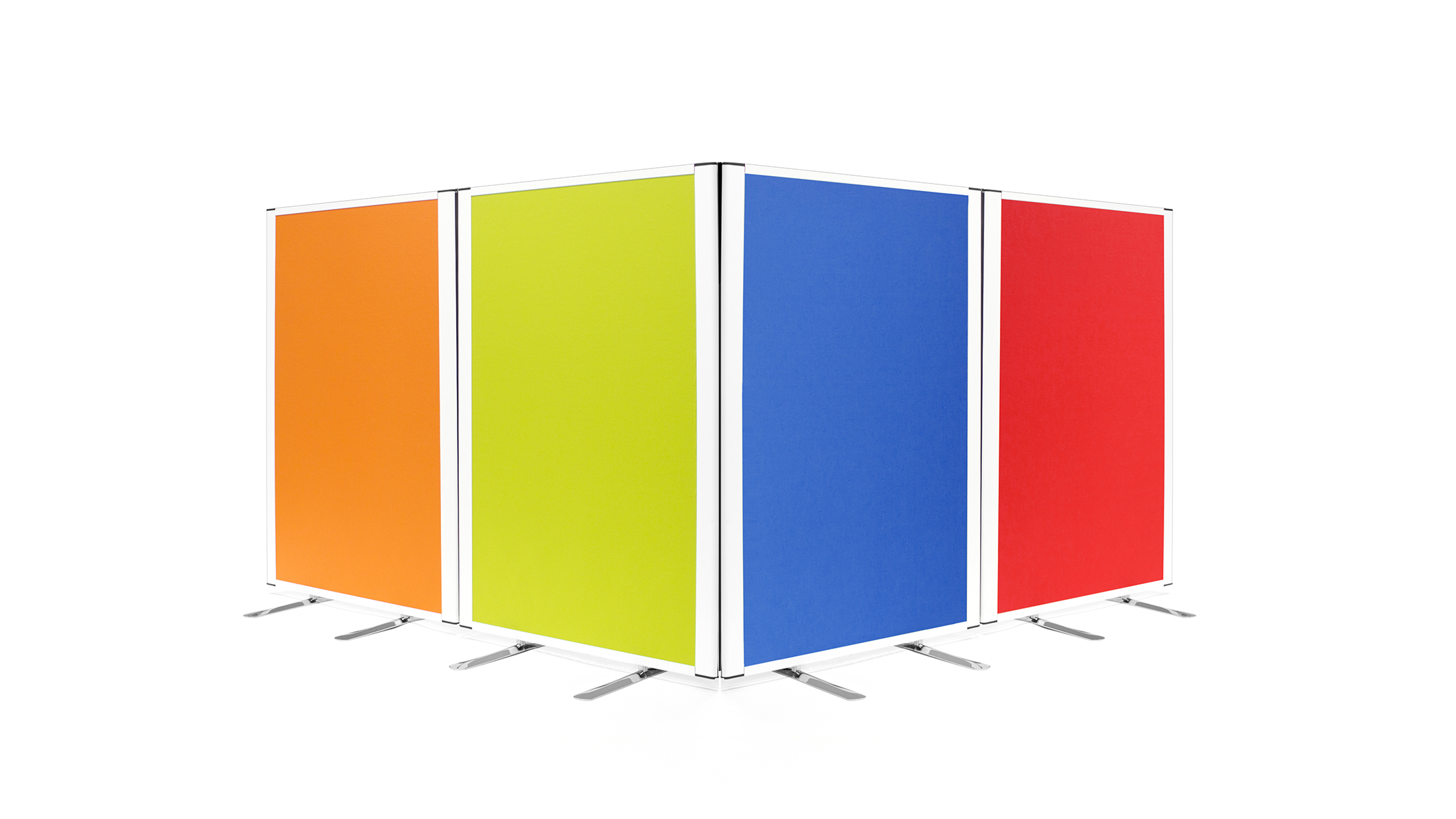Considering how miniscule and uncontrollable bacteria is, it’s quite remarkable that there is a material which can wipe it out almost entirely. While it feels like we’ve only recently started seeing the phrase anti-bacterial being sprayed around recently, even ancient civilisations had found out about the amazing properties of silver. The Phoenicians (around where is now modern day Lebanon and Syria) used to store water, wine and vinegar in silver containers which killed bacteria and helped to preserve the contents. This quite incredible ability has seen silver being widely used in medical instruments to prevent infection and even encourage natural cell growth.
How Does It Work?
Even Hippocrates, one of the most outstanding figures in the history of medicine, had used silver to treat ulcers and wounds, but for thousands of years, we have been unable to uncover quite how the metal compound does it. While interest in it has waned with the advent of anti-biotics, the obsession over silver is growing once again due to the threat of antibiotic resistance of bacterial cells.
Without getting too technical, silver works by interrupting iron and sulphur cells within the bacteria, which as a result leads to severe damage to the cell and leaves them more susceptible to conventional anti-biotics. By integrating silver into dissolved ions, this means this can be applied to many surfaces to weaken bacteria, and then another layer is added which is capable of killing off the cells.
The possibilities of this were discovered if inadvertently thousands of years ago and have saved the lives of many, especially during World War 1, where bandages included silver which helped to protect wounds and to encourage the growth of new cells. Not only did this safeguard against infection, but it also helped wounds to heal quickly and more effectively.
Where Else Can It Be Used?
This property makes silver an outstanding compound to be used with various pieces of medical equipment including; surgical tools, furniture and even door handles in order to prevent the spread of diseases in highly volatile environments. Especially with the growth of so called ‘superbugs’ such as MRSA, the potential for a metal to weaken its defences poses a promising solution to stop an outbreak.
However, it is not just hospitals and medical environments where anti-bacterial silver can be highly beneficial. Its ability to fight off infection and diseases makes it a unique but practical solution in schools or in workplaces where the spread of disease can be high. At Rap Industries, the Safeguard Medical Screen incorporates this technology to create a surface which kills 99.9% of bacteria and helps to divide as well as protect busy working environments from debilitating illnesses.
Elsewhere, you can start to find glass which is beginning to incorporate silver, meanwhile food packaging increasingly has it included so that the contents can remain fresher for longer. There has even been the suggestion that silver could be added to water in order to purify it. What makes silver so beneficial in this space is that, unlike other metals which can kill bacteria, silver is non-toxic to humans.
What Does the Future Hold?
The potential for an anti-bacterial compound provides the opportunity for substantial research into how it can be effectively utilised. From purifying water to fighting off increasingly anti-biotic resistant bacteria, the potential of minimising it down to the size of ions could make it incredibly effective in a variety of environments. Integrating it into workplaces and schools increases protection against illness and as a result, can boost productivity and learning.
For more information on the Safeguard Medical Screens and how effective they could be in your environment, then please give us a call on 01733 394941 or send an e-mail to sales@rapind.com and our advisors would be more than happy to help.
